“For a week, almost without speaking, they went ahead like sleepwalkers through a universe of grief, lighted only by the tenuous reflection of luminous insects, and their lungs were overwhelmed by a suffocating smell of blood.”
― Gabriel García Márquez, One Hundred Years of Solitude
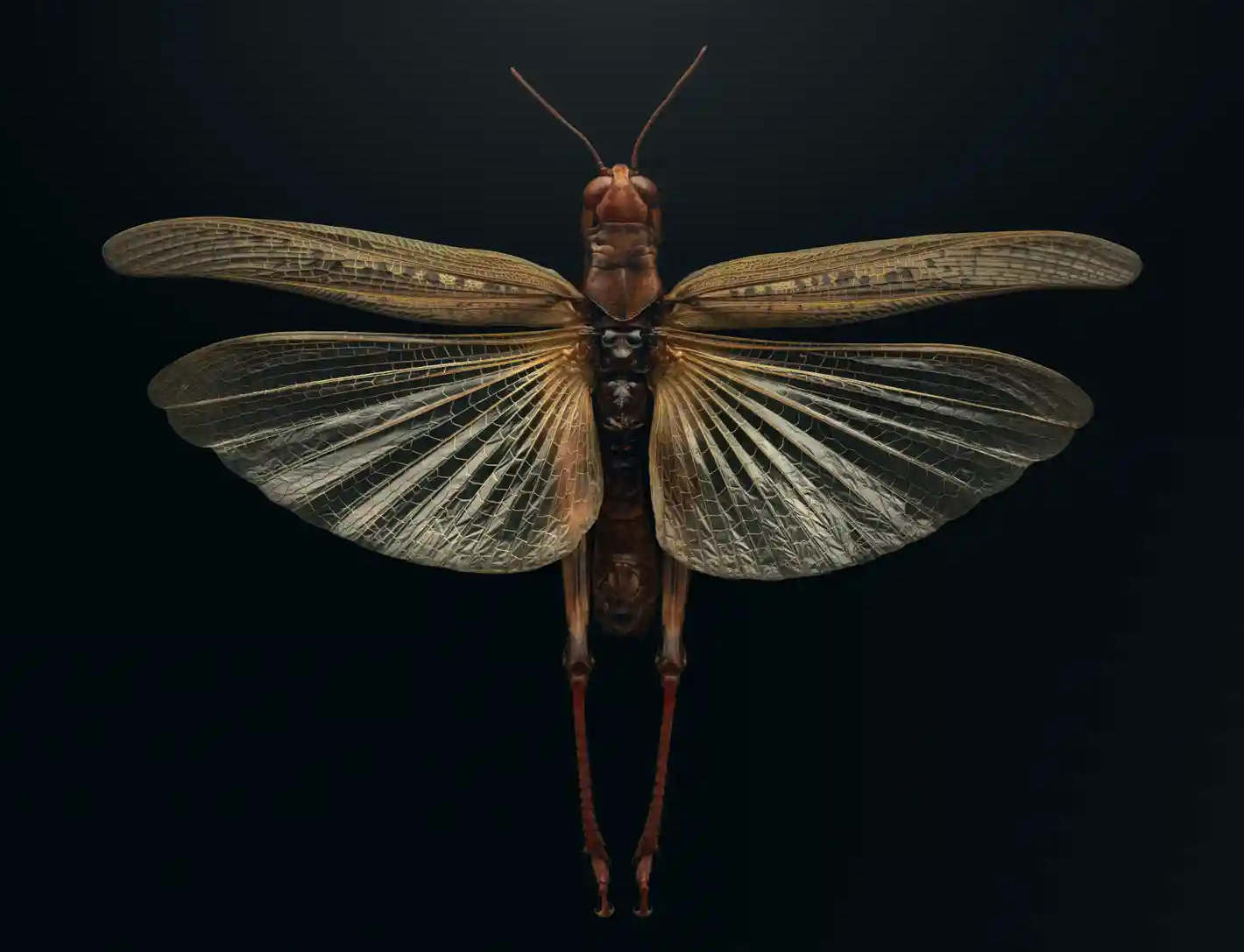
The Rocky Mountain locust (Melanoplus spretus) was once prolific. Until the late 1800s, billions of Rocky Mountain locusts periodically descended on the Great Plains, ravaging prairie plants and decimating farmers’ crops. But then the swarms stopped flying and the locusts, last seen in 1902, never returned.
This is news now because of the exhibition and accompanying book Extinct & Endangered: Insects in Peril, with pictures by British photographer Levon Biss in collaboration with the American Museum of Natural History. The intent is to show us the beauty of mini beasts, which we might only notice when whey’ve gone.
Biss creates his coruscating photographs from up to 10,000 individual images using microscope lenses and contain microscopic levels of detail.
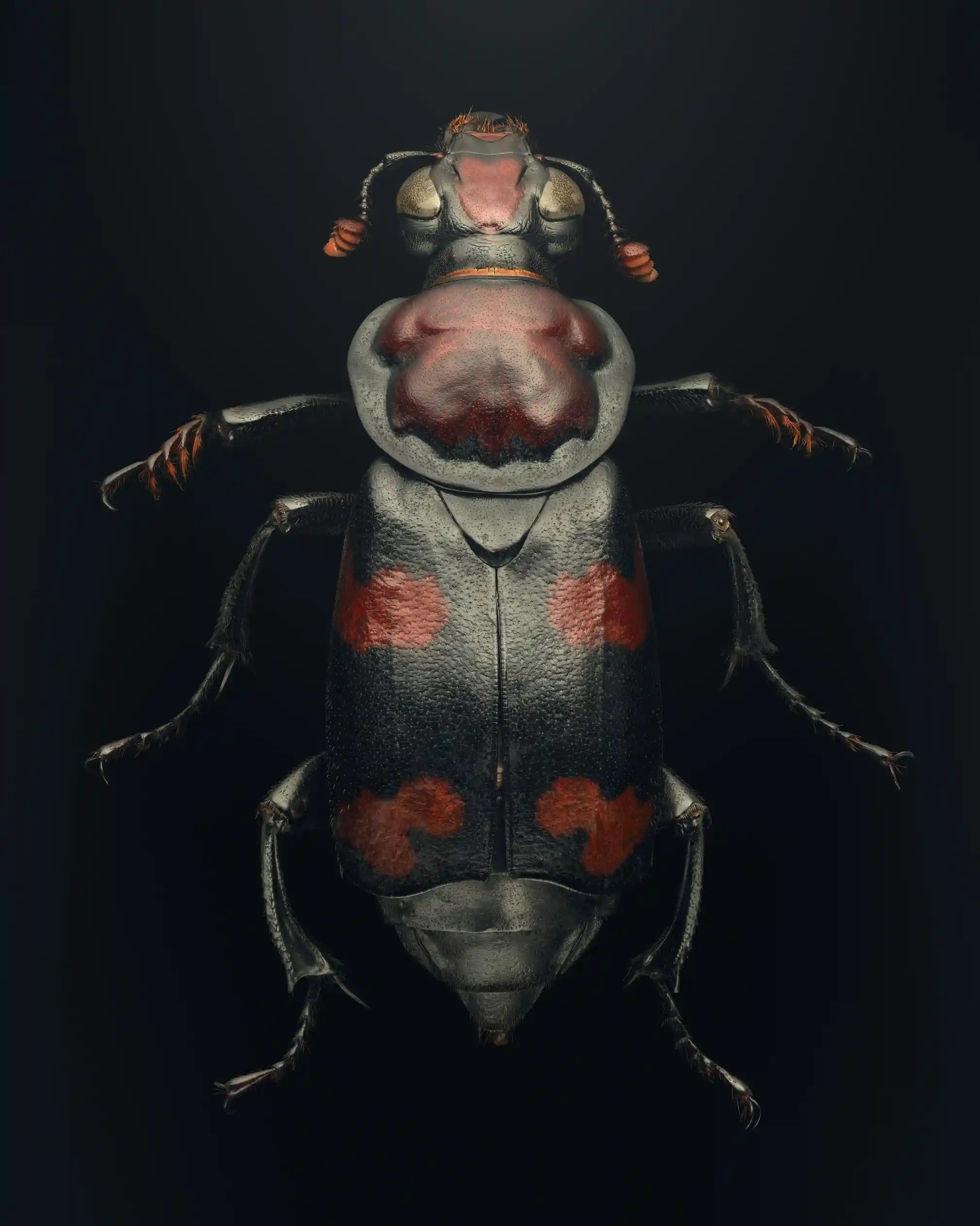
American burying beetle
Nicrophorus americanus Can small insects eat larger animals down to the bones? When it comes to American burying beetles, the answer is yes. To feed offspring, a male and female first find, prepare and bury the carcass of a small mammal, bird or reptile. The female lays her eggs near the carcass, and then – unusually for insects – they are attentive parents, feeding the larvae regurgitated food from the carcass. As some other insect groups do, these gravediggers help the larger ecosystem by recycling decaying animals back into the soil
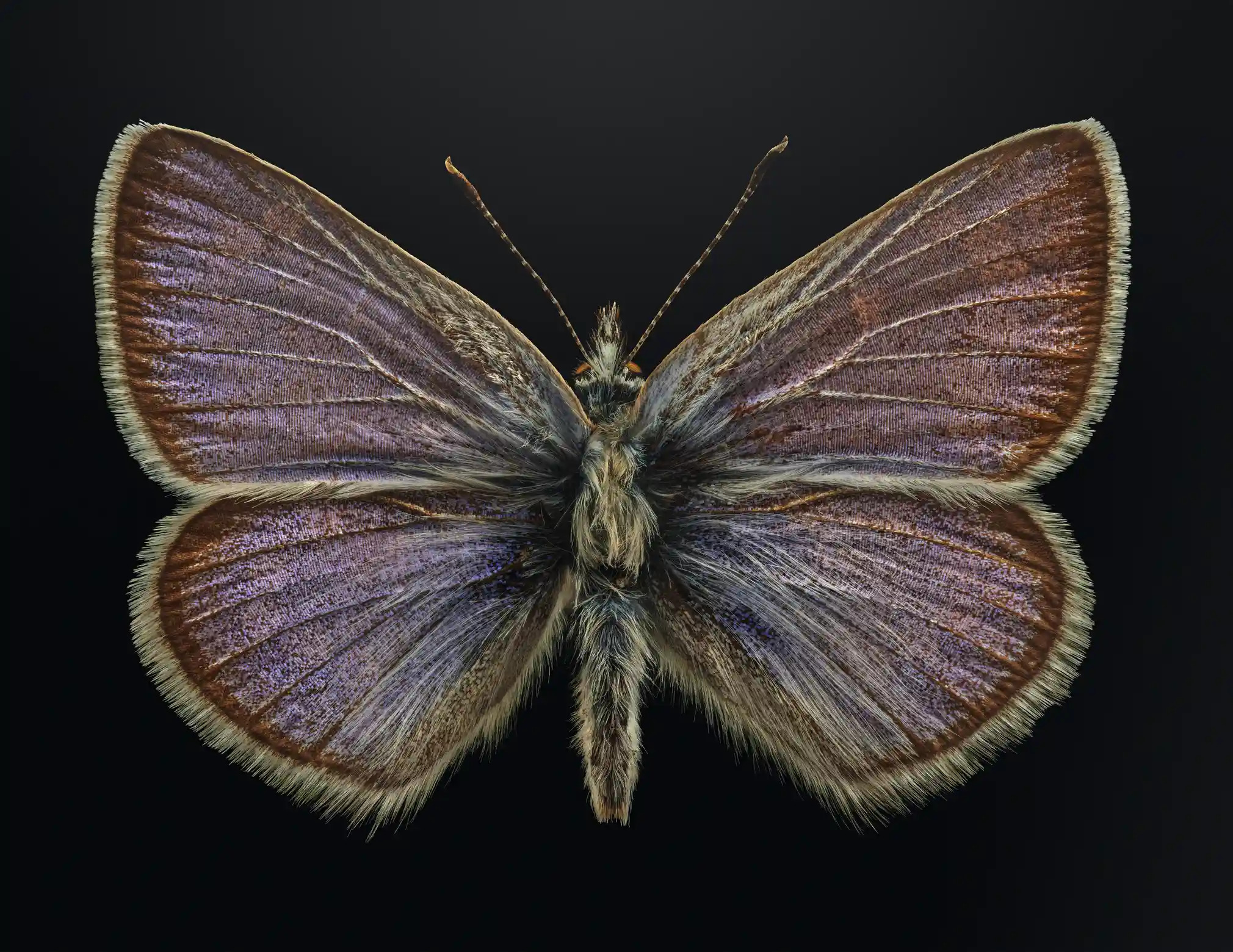
Xerces blue butterfly
Glaucopsyche xerces Many of the more than 14,000 butterfly and moth species in North America are at risk; some have gone extinct. Once abundant in San Francisco, California, the Xerces blue – last seen in the 1940s – was the first North American butterfly species known to disappear because of human activity.
Share on FacebookShare on Twitter
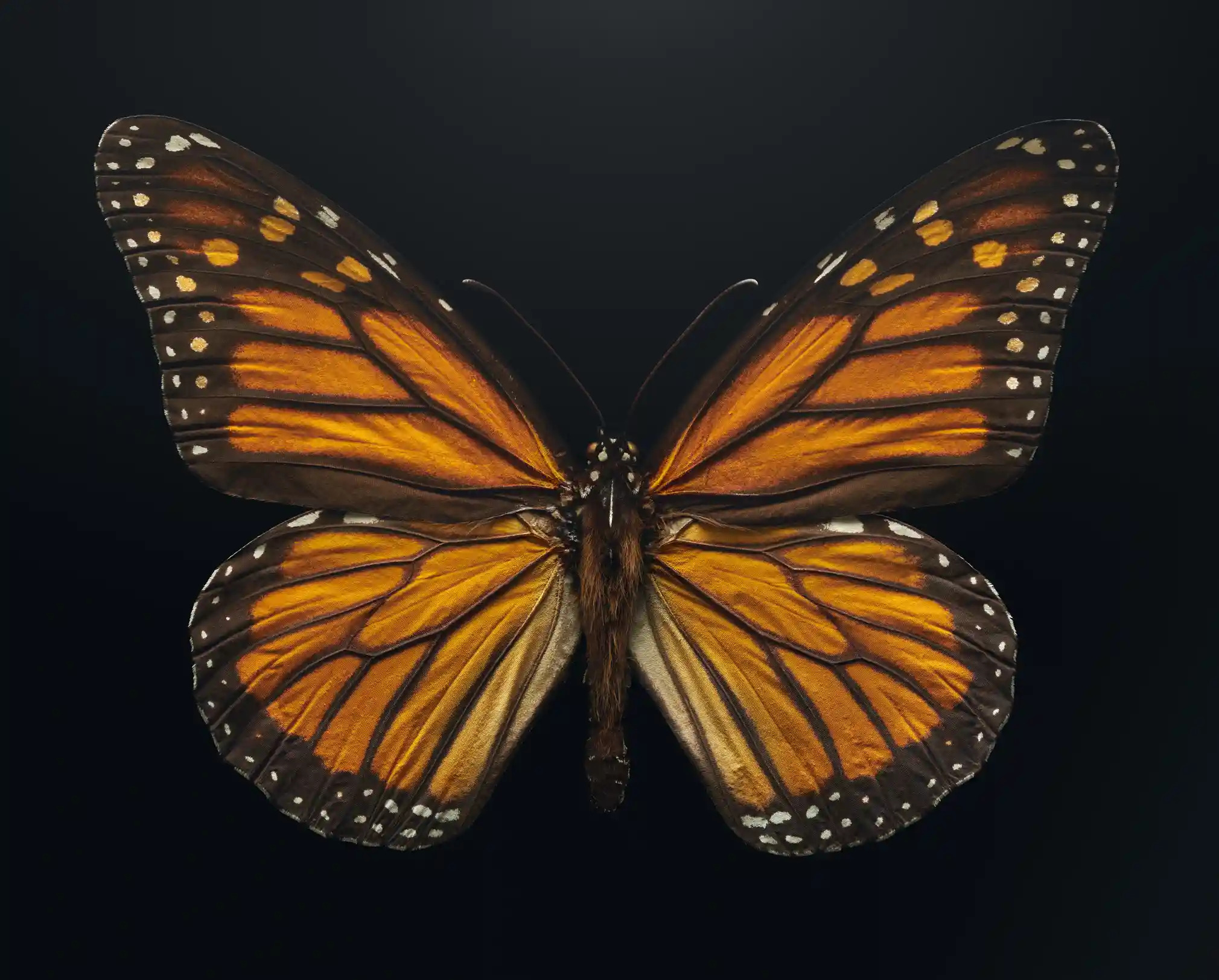
Monarch butterfly
Danaus plexippus A number of insect species migrate long distances, but monarch butterflies stand out for their epic North American migrations.
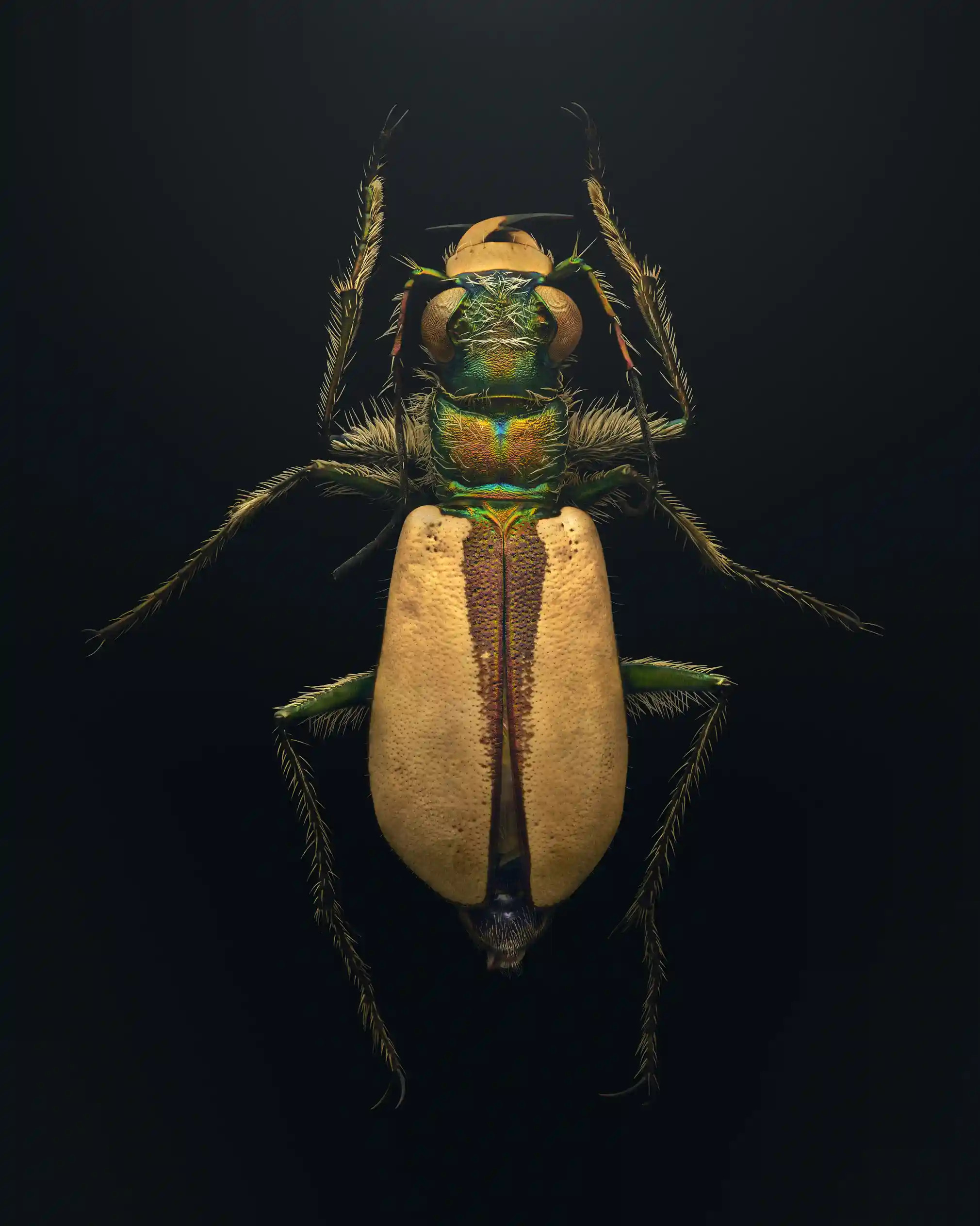
Coral pink sand dunes tiger beetle
Cicindela albissima This colourful specimen looks flashy, but in the pink sand dunes of its Utah habitat its cream-and-green hues actually help the animal blend in. The cream forewings also help these beetles handle desert heat by reflecting rather than absorbing sunlight.
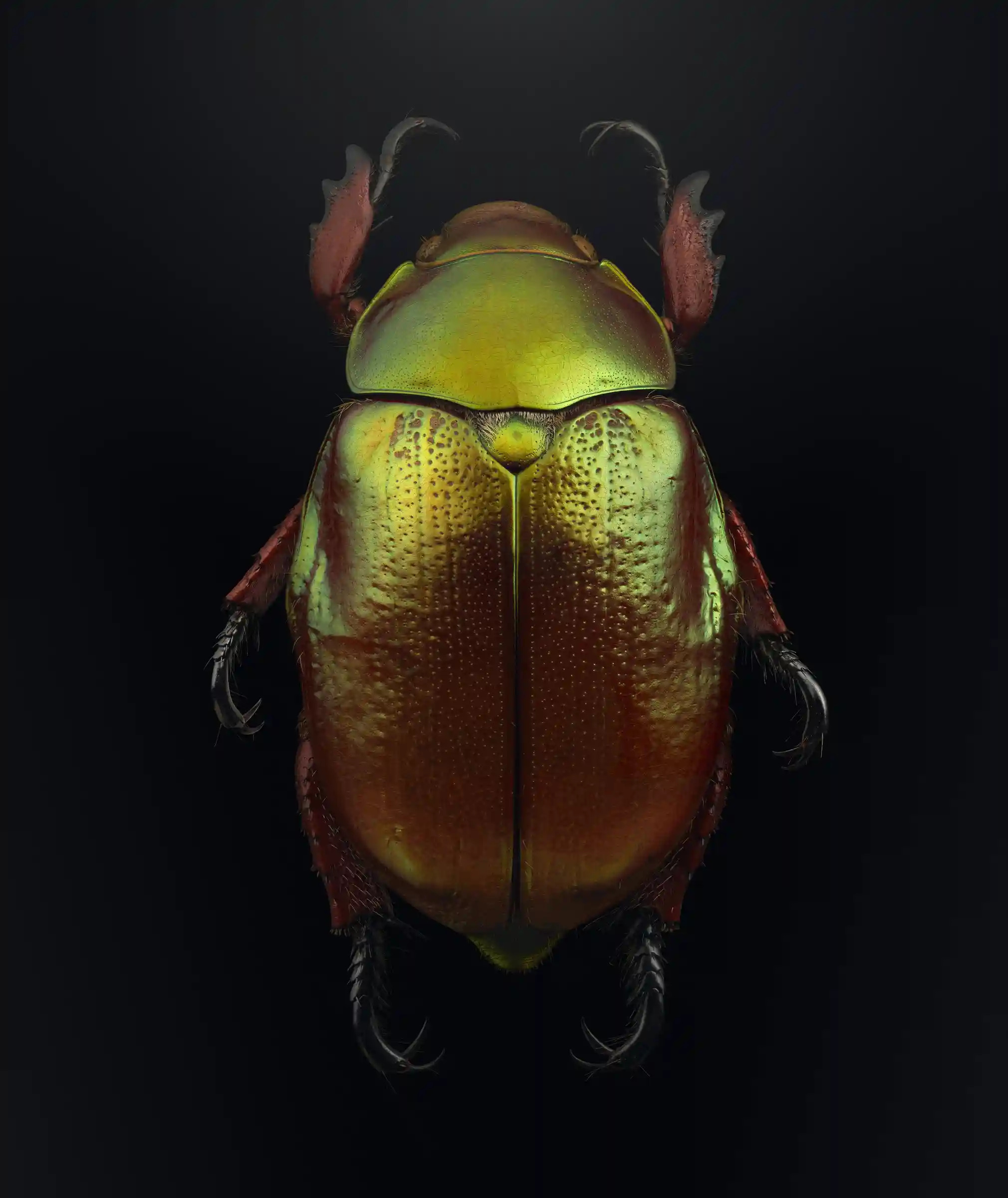
Christmas beetle
Anoplognathus viridiaeneus Summer starts in December in Australia, where these insects make their home. Also known as king beetles, these scarab beetles glimmer and shine – and were once commonly seen (and heard) swarming city streetlights and buzzing through the night during the holiday season. But while the beetles are said to be relatively widespread in rural areas, observers report those festive urban sightings are now much less frequent.
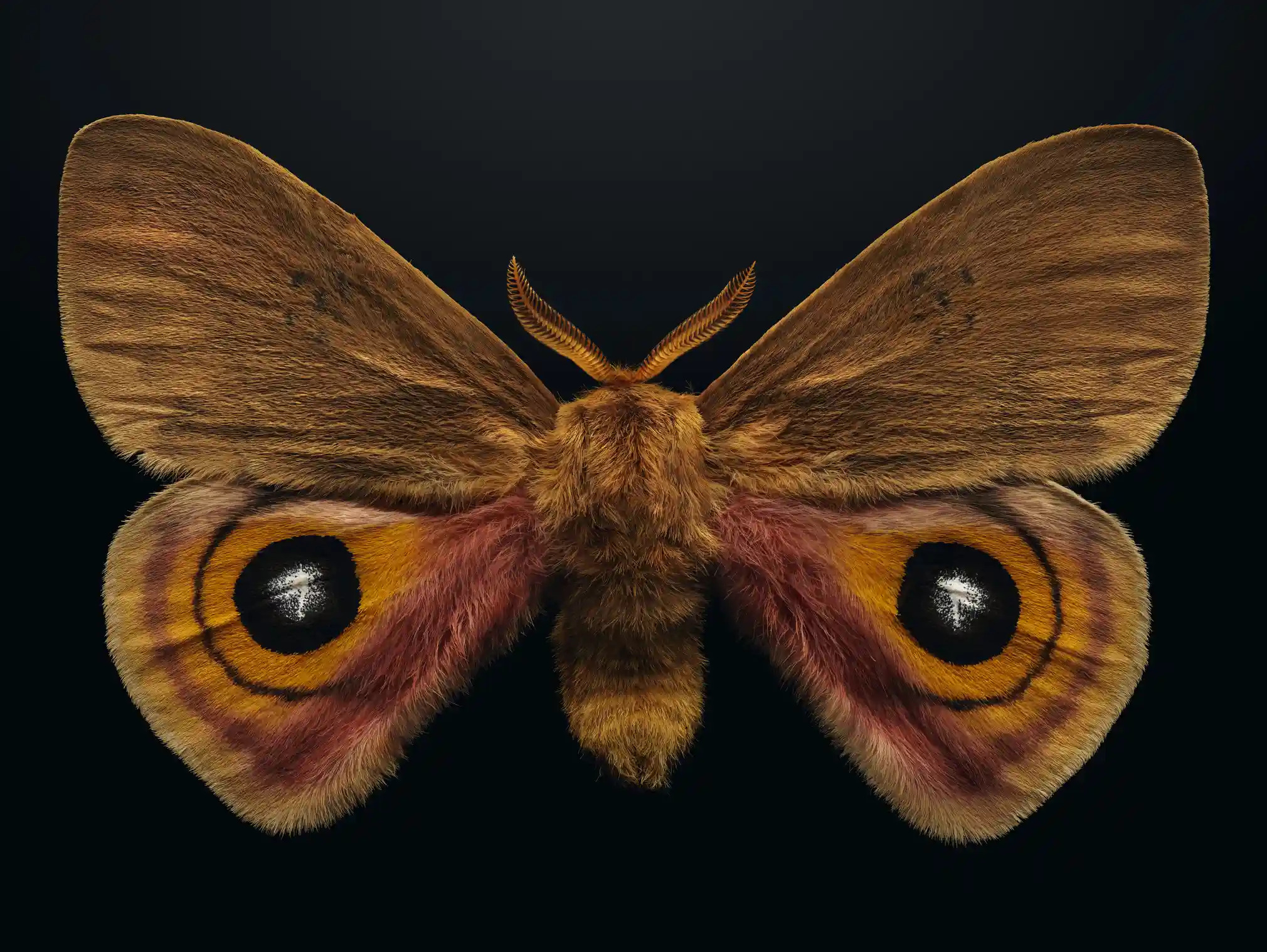
Louisiana eyed silkmoth
Automeris louisiana In the dark of night, across the Mississippi Delta and the eastern Gulf Coast of Texas, Louisiana eyed silkmoths rise from the marshes and take wing, looking for mates or a place to deposit their eggs. With flashing eyespots on their hindwings to scare off birds or other predators, the adults of this striking species live only for a few days.
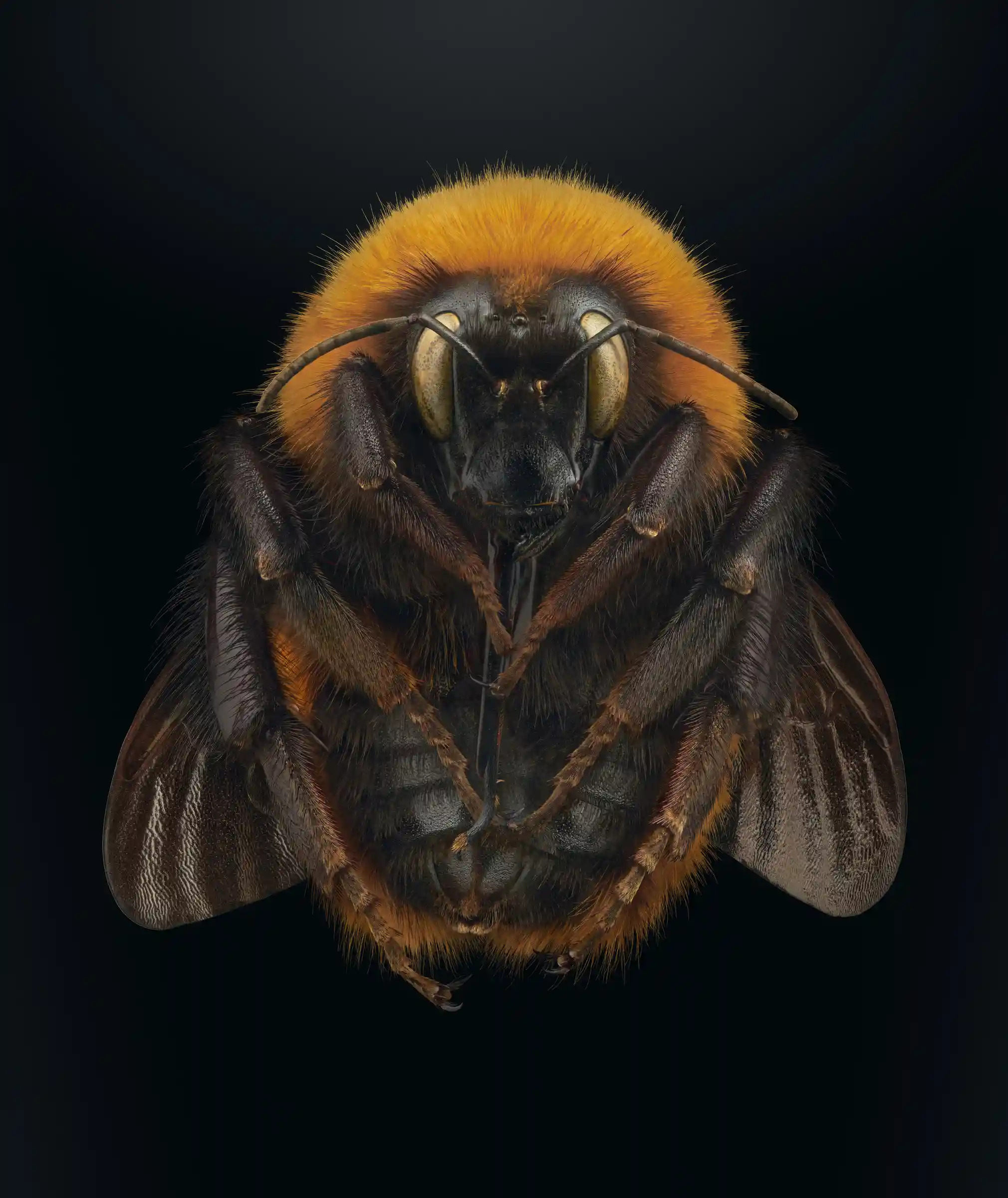
Giant Patagonian bumblebee
Bombus dahlbomii Meet one of the world’s largest bumblebee species. Only native to southern South America, it is also known by some as the ‘flying mouse’.
See: Suburban Symbiosis: Supreme Close-Up Photographs Of Insects In Our Homes
Photographs by Levon Biss and text by American Museum of Natural History
Would you like to support Flashbak?
Please consider making a donation to our site. We don't want to rely on ads to bring you the best of visual culture. You can also support us by signing up to our Mailing List. And you can also follow us on Facebook, Instagram and Twitter. For great art and culture delivered to your door, visit our shop.

